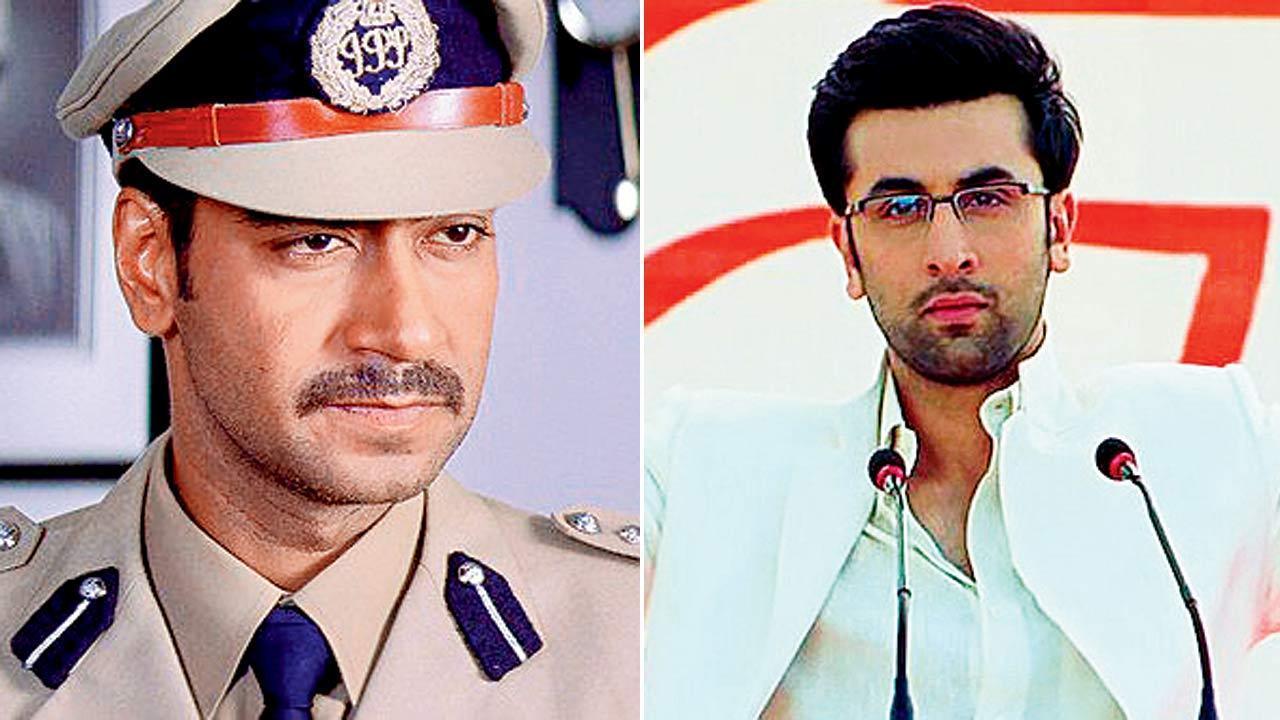
In the early 1990s, during an insightful interaction, the stalwart of Telugu broadcasting, Shanti Swaroop, shared a conjecture with the air of certitude: “The launch of satellite telecasting would catapult newsreaders into positions of power, making them influential figures within society.” This prediction resonated with the transformative landscape of media as it would unfold in subsequent years.
For Swaroop, the transition from All India Radio to Doordarshan was not merely a change of medium but a leap into a new domain of storytelling. When prompted to distinguish between his roles in radio and television, Swaroop eloquently detailed, “In radio, it is all about my voice – getting the pronunciation right, modulating it effectively to convey the message. But stepping into the realm of television brought a whole new dimension. It is not just about what I say but how I look and present myself. From the gaze in my eyes, the subtle tilt of my head, to the positioning of my lips – every visual element matters, alongside maintaining the correct pronunciation and modulation.”
April 5, 2024, marks a somber moment in the history of Telugu media as Shanti Swaroop passed away due to a heart attack at a city hospital. His demise symbolizes the end of a pioneering era. Beginning his foray into television with Doordarshan in 1978, he would go on to read the first Telugu news bulletin on television on November 14, 1983. His distinct style of news presentation bereft of a teleprompter cemented his reputation as an innovator. Memorising extensive news scripts in a pre-teleprompter period demonstrated not only his dedication but also his unparalleled skill in a nascent field.
Some found Swaroop’s deliberate and measured delivery exasperating. However, this very style blossomed into his unique selling point, garnering widespread acceptance and becoming synonymous with his persona. Swaroop’s prowess was not confined to news bulletins; his versatility shone through in various Doordarshan programmes, including the talk show “Muchatlu,” the devotional “Dharma Sandehaalu,” and several celebrity interviews.
Born to parents who migrated from Andhra, Swaroop stayed connected to his roots in Hyderabad. A science graduate from New Science College, Narayanaguda, he was named after the esteemed scientist Shanti Swaroop Bhatnagar by a father who worked with the reputed scholar. While broadcasting was his calling, Swaroop’s enthusiasm lay as deeply in the arts, literature, and theatre – facets of his life that remained largely overshadowed by his on-screen achievements.
Swaroop’s literary contributions encompassed an array of topics. His works, including ‘Raathi Megham’ on the Bhopal gas tragedy, ‘Craze’ set against the backdrop of cricket, and ‘Ardhangi,’ which criticized the grim practice of sati, highlight the breadth of his interests and reflect his deep engagement with social issues.
In the corridors of Doordarshan, Swaroop met Roja Rani, his late wife, who was both a colleague and a co-anchor, and previously a child actor in the 1965 Krishna-starrer ‘Thene Manasulu.’ They built a life enriched by harmony in their personal and professional spheres, leaving behind two sons and grandchildren.
It is undeniable that Shanti Swaroop’s contributions have indelibly shaped the Telugu media scape. His influence bridged the divide between the voice and the visual, leaving an indelible impact on generations of audiences, who even today reminisce about the anchor who made history with quiet dignity and resounding clarity.










